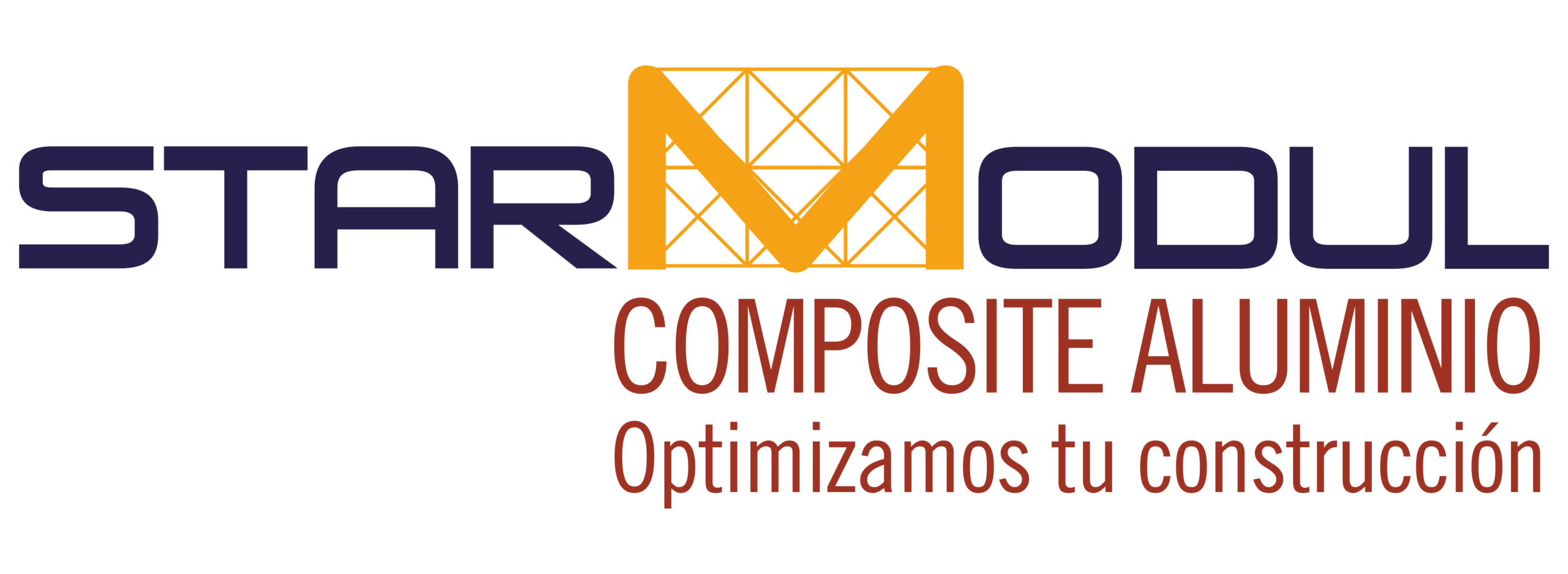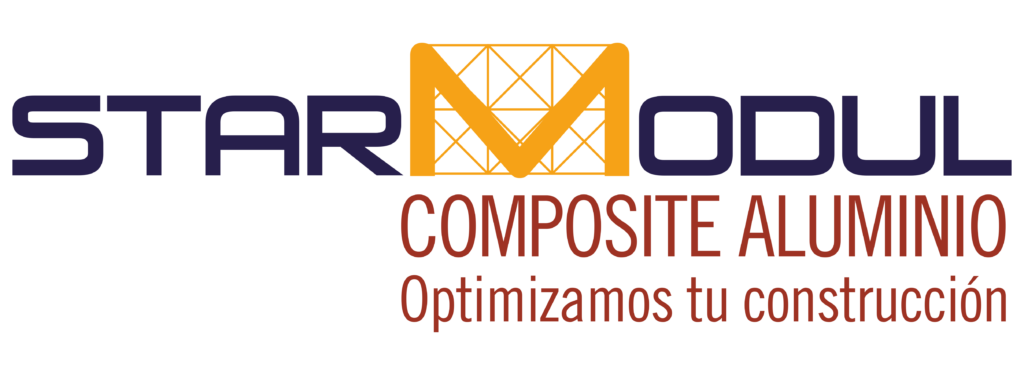When it comes to choosing a siding material, the decision can be overwhelming due to the wide variety of options available on the market. Among the favorites of architects and builders, Alucobond vs. Other Siding Materials: Which is the Best Choice?
When it comes to choosing a material for facade cladding, the decision can be overwhelming due to the wide variety of options available on the market. Among the favorites of architects and builders, the aluminum composite panel, especially the renowned Alucobond, stands out for its technical and aesthetic characteristics. But is it really the best choice over other materials? In this article, we will analyze the advantages and disadvantages of Alucobond compared to other cladding materials.
What is Alucobond?
Alucobond is a type of aluminum composite panel composed of two aluminum sheets joined by a core of polyethylene or mineral material. This material is widely used in architecture for its combination of lightness, strength and versatility in design. Its smooth and elegant finish makes it ideal for modern facades and architectural projects that seek to stand out.
Main advantages of Alucobond
- Durability and resistance
Alucobond offers exceptional resistance to extreme weather conditions, UV rays, and corrosion. It is a material that remains in excellent condition for years with minimal maintenance. - Versatility in design
Thanks to its flexibility, Alucobond allows the creation of curved shapes, clean corners and customized finishes. It is also available in a wide range of colors and textures. - Lightness
Despite its strength, Alucobond is a very light material, which facilitates its installation and reduces the structural load of the building. - Thermal and acoustic insulation
Aluminum composite panels, such as Alucobond, contribute to improving the thermal and acoustic insulation of buildings, helping to reduce energy consumption. - Easy maintenance
Its smooth surface repels dirt and is easy to clean, making it a practical choice for long-lasting coatings.
Comparison with other coating materials
Let’s see how Alucobond stacks up against some popular cladding materials:
1. Ceramic tiles
- Advantages: Ceramic is durable, does not fade in the sun and offers a wide variety of finishes.
- Disadvantages: It is heavier than Alucobond, which can increase installation costs. In addition, its rigidity limits design options.
Winner? Alucobond outperforms ceramic in terms of versatility and ease of installation, although ceramic can be a durable option for more traditional projects.
Wooden facades
- Advantages: Wood adds warmth and a unique natural finish.
- Disadvantages: It requires constant maintenance to avoid deterioration due to humidity, pests and UV rays. In addition, it is not as resistant as Alucobond.
Winner? Alucobond is the best choice if you are looking for a low-maintenance and durable material.
3. Stainless steel panels
- Advantages: Stainless steel is extremely durable and offers a modern, industrial look.
- Disadvantages: It is significantly heavier and more expensive than Alucobond, which may limit its use on certain projects.
Winner? Although stainless steel has specific applications, Alucobond is lighter, more economical and versatile.
4. PVC or vinyl siding
- Advantages: PVC is an economical and easy-to-install option.
- Disadvantages: It has a shorter service life, warps with heat and does not offer the same premium appearance as Alucobond.
Winner? Alucobond is positioned as a higher quality and more durable alternative, especially for projects that seek a sophisticated finish.
When to choose Alucobond?
Alucobond is ideal for projects that seek a combination of aesthetics, functionality and durability. It is perfect for:
- Commercial buildings: Modern and eye-catching facades.
- Luxury residences: State-of-the-art design with customized finishes.
- Sustainable projects: Improve insulation and reduce energy consumption.
Conclusion
If you’re looking for a cladding material that offers durability, aesthetics and design flexibility, the aluminum composite panelsuch as Alucobond, is a tough choice to beat. While other materials have their merits, Alucobond stands out for its balance of cost, performance and versatility.
Before making a decision, analyze the specific needs of your project and consider factors such as budget, climate and architectural design. If you need more information or advice, don’t hesitate to contact us – we are here to help you take your project to the next level! especially the renowned Alucobond, stands out for its technical and aesthetic characteristics. But, is it really the best option compared to other materials? In this article, we will analyze the advantages and disadvantages of Alucobond compared to other cladding materials.
What is Alucobond?
Alucobond is a type of aluminum composite panel composed of two aluminum sheets joined by a core of polyethylene or mineral material. This material is widely used in architecture for its combination of lightness, strength and versatility in design. Its smooth and elegant finish makes it ideal for modern facades and architectural projects that seek to stand out.
Main advantages of Alucobond
- Durability and resistance
Alucobond offers exceptional resistance to extreme weather conditions, UV rays, and corrosion. It is a material that remains in excellent condition for years with minimal maintenance. - Versatility in design
Thanks to its flexibility, Alucobond allows the creation of curved shapes, clean corners and customized finishes. It is also available in a wide range of colors and textures. - Lightness
Despite its strength, Alucobond is a very light material, which facilitates its installation and reduces the structural load of the building. - Thermal and acoustic insulation
Aluminum composite panels, such as Alucobond, contribute to improving the thermal and acoustic insulation of buildings, helping to reduce energy consumption. - Easy maintenance
Its smooth surface repels dirt and is easy to clean, making it a practical choice for long-lasting coatings.
Comparison with other coating materials
Let’s see how Alucobond stacks up against some popular cladding materials:
1. Ceramic tiles
- Advantages: Ceramic is durable, does not fade in the sun and offers a wide variety of finishes.
- Disadvantages: It is heavier than Alucobond, which can increase installation costs. In addition, its rigidity limits design options.
Winner? Alucobond outperforms ceramic in terms of versatility and ease of installation, although ceramic can be a durable option for more traditional projects.
Wooden facades
- Advantages: Wood adds warmth and a unique natural finish.
- Disadvantages: It requires constant maintenance to avoid deterioration due to humidity, pests and UV rays. In addition, it is not as resistant as Alucobond.
Winner? Alucobond is the best choice if you are looking for a low-maintenance and durable material.
3. Stainless steel panels
- Advantages: Stainless steel is extremely durable and offers a modern, industrial look.
- Disadvantages: It is significantly heavier and more expensive than Alucobond, which may limit its use on certain projects.
Winner? Although stainless steel has specific applications, Alucobond is lighter, more economical and versatile.
4. PVC or vinyl siding
- Advantages: PVC is an economical and easy-to-install option.
- Disadvantages: It has a shorter service life, warps with heat and does not offer the same premium appearance as Alucobond.
Winner? Alucobond is positioned as a higher quality and more durable alternative, especially for projects that seek a sophisticated finish.
When to choose Alucobond?
Alucobond is ideal for projects that seek a combination of aesthetics, functionality and durability. It is perfect for:
- Commercial buildings: Modern and eye-catching facades.
- Luxury residences: State-of-the-art design with customized finishes.
- Sustainable projects: Improve insulation and reduce energy consumption.
Conclusion
If you’re looking for a cladding material that offers durability, aesthetics and design flexibility, the aluminum composite panelsuch as Alucobond, is a tough choice to beat. While other materials have their merits, Alucobond stands out for its balance of cost, performance and versatility.
Before making a decision, analyze the specific needs of your project and consider factors such as budget, climate and architectural design. If you need more information or advice, don’t hesitate to contact us – we’re here to help you take your project to the next level!

